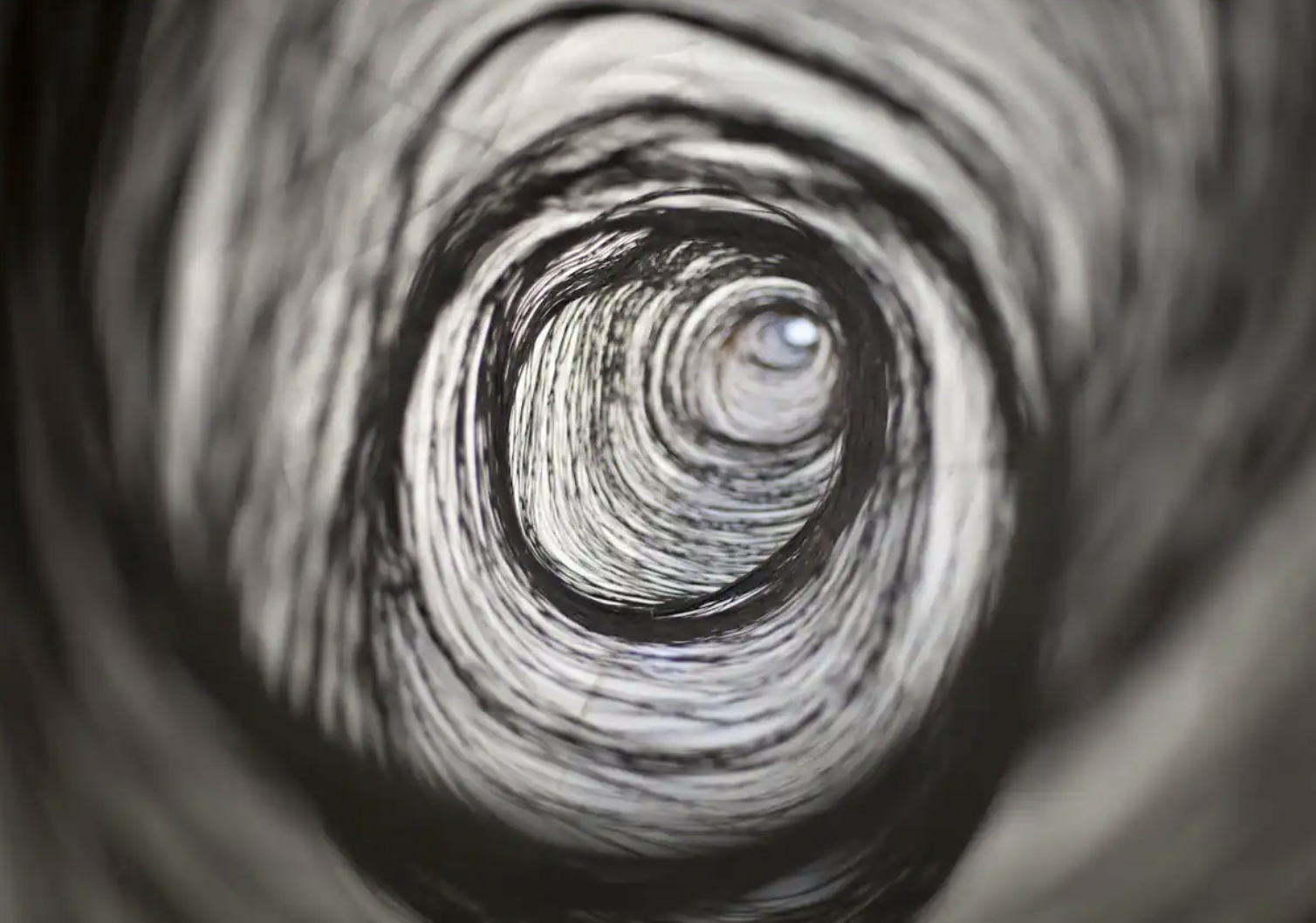Nacho Carbó's "The Breathing Skin": the artist's spaces to inhabit at Freijo Gallery
January 13, 2024
This"The Breathing Skin" is the second solo show of Nacho Carbó (Castellón, 1975) in this gallery. It is a singular project that articulates processes, objectives, concepts and results that can be shared by both science and art itself. In essence, he works on various material components that have been biologically manipulated in his studio - which can also be considered as a laboratory or research space - according to specific guidelines in which the procedures operated and the time dimension play a fundamental role.
Letting his voice be heard
Carbó is a creator in whom the fields of architecture (he is a qualified architect) - which often converge - and art propose tangencies and synergies, in a back-and-forth journey in which Nature also makes its voice heard, and which establish dialectical relationships between the processes of organic growth and the generation of architectural structures and spaces. As the artist himself points out, "we have to rethink our place in the world and our relationship with the environment in a way that can no longer be postponed, and in this task, art and architecture will undoubtedly occupy a determining position in conceiving and constructing this new relationship with the environment".This reflection on sustainability, ecology and habitable spaces is very clear in the works he proposes. Spaces to create. Spaces to house. Works that are made with a wide range of materials, some of them with a centuries-old presence in human culture, such as raffia or reed, or resin, plaster, fibreglass, wire, iron, cotton, tow, wood or coconut fibre, which in turn coexist with others originating from biological processes, such as biofilms extracted from cassava starch or biocellulose from the Chinese tea fungus or kombucha, which in the future could replace the toxic ubiquity of plastics.The nuclear intention is to show the possibilities of using other, more sustainable materials that are not mostly derived from fossil energy sources. For the moment, it is perhaps a utopian idea, although future realities can and must be based on dreams.
Cocoons and nests
The general appearance of these pieces reminds me of organic structures, cocoons, nests or also places marked by the spirit of shelter, protection and refuge: skins that breathe and shelter, spaces that can be shelters or even places to dwell and inhabit, which obviously links with Carbó's architectural training and craft. Within the remarkable level of these works, I was particularly interested in "Moripod" (2020), "Split" (2019), "Abrigo II" (2022). "A l'aube" (2023) and a series of "Dibujos' (2023) that create suggestive games of shadows and movements on wood and plaster plates. -
FRANCISCO CARPIO

